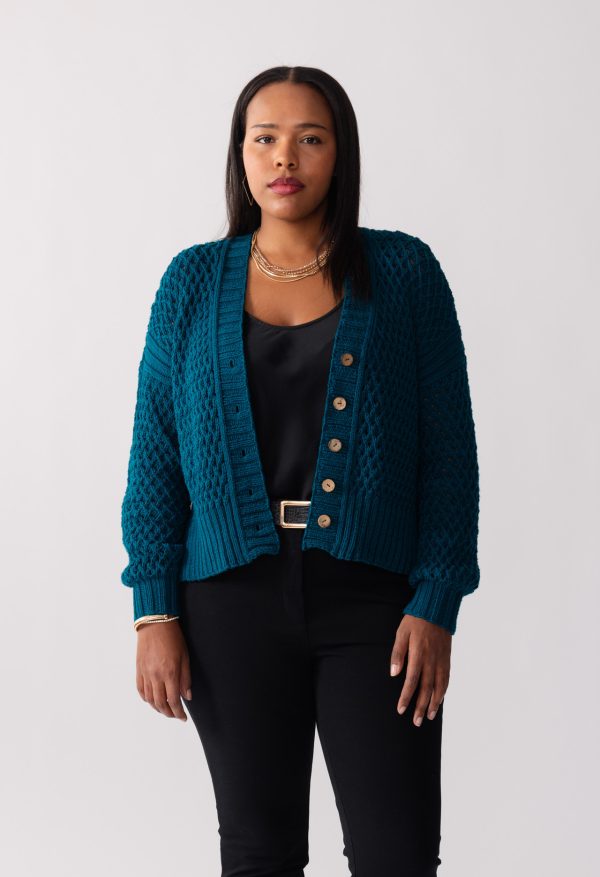 Different shades can be achieved by mixing the primary colors red blue and yellow together. White can help you achieve a paler shade while black can darken your candle color.
Different shades can be achieved by mixing the primary colors red blue and yellow together. White can help you achieve a paler shade while black can darken your candle color.
To test your color, try putting a bit of the dyed wax on a paper towel and wait for it to dry. If it’s not dark enough or too light you can then adjust it before pouring. It’s hard to tell what the color will look like just by looking at your melted wax as some colors can appear quite clear while still in their liquid form.
Overheating can affect the color of your dye and it’s also important to make sure you have no particles left floating around if using solid chips or blocks.
Basic color mixing ideas:
- Blue + Yellow= Green (the more yellow the lighter the green)
- Yellow+Red= Orange
- Blue+Red= Purple
- Blue+Green=Turquoise/Teal
Some people use liquid candle dyes and others use solid dye blocks or chips. I prefer the dye blocks and chips because they’re not as messy and I find it easier to be accurate with the amount I put in. One the other hand starting out with one bottle of red, blue and yellow liquid dye and experimenting that way with color mixes can be fun.
Reddig-Glo has a handy booklet which I purchased for 3.99 but it’s probably cheaper in the US. They have tons of blending suggestions for their color chips and also include troubleshooting and special effects in candle making.
